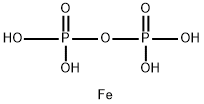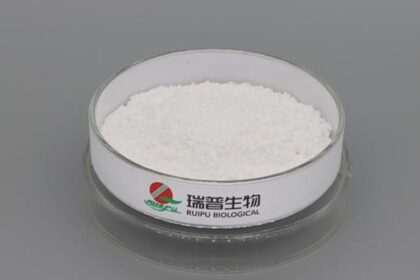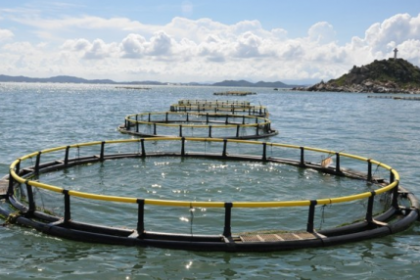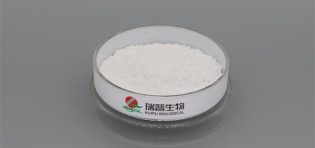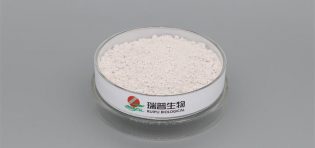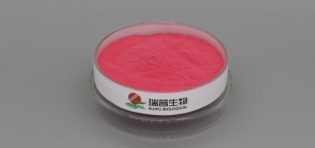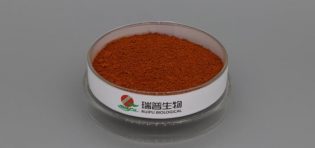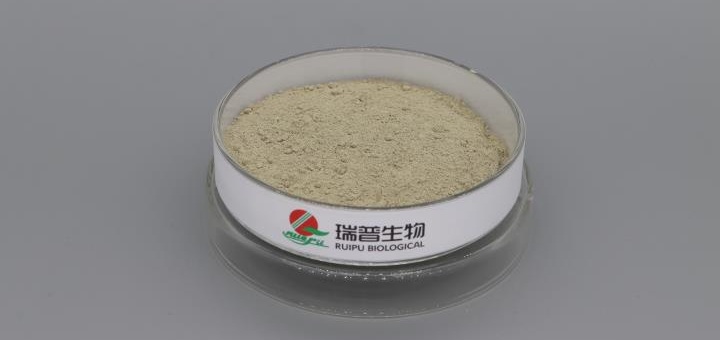
Ferrous gluconate, as a water-soluble iron supplement, is widely used in plant-based foods to address iron deficiency due to its high bioavailability and minimal impact on food sensory properties. Its fortification effect needs to be comprehensively evaluated in conjunction with the matrix characteristics of plant-based foods, processing techniques, and the needs of target populations, specifically reflected in the following aspects:
I. Role in Increasing Iron Content in Plant-Based Foods
Plant-based foods (such as plant milk, meat substitutes, and cereal products) typically have low natural iron content, and most of the iron is non-heme iron. Affected by anti-nutritional factors like phytic acid and tannins, their human absorption rate is only 1%-20%, far lower than that of heme iron in meat (15%-35%). Fortification with ferrous gluconate can directly increase the total iron content of products, and its water-soluble nature allows it to disperse evenly in plant-based matrices, avoiding the local precipitation issue common with traditional inorganic irons (such as ferrous sulfate). For example, adding ferrous gluconate to oat milk at a ratio of 0.05%-0.1% can increase the iron content from the natural 0.3mg per 100mL to 1.5-2.0mg, reaching 8%-11% of the adult daily recommended intake; adding 0.15% ferrous gluconate to plant-based protein burger patties can increase the iron content per serving to 3-4mg, close to the iron level of beef burgers.
II. Effect on Improving Iron Bioavailability
The organic form of ferrous gluconate makes it less susceptible to interference from anti-nutritional factors in plant-based foods, making it more easily absorbed by the human body. Phytic acid, commonly found in plant-based foods, can form insoluble complexes with iron, but ferrous gluconate has a stable molecular structure and is not easily bound to phytic acid, with an absorption rate 1.5-2 times that of ferrous sulfate. For example, in almond milk fortified with ferrous gluconate, the in vitro digestive absorption rate of iron can reach 18%, while that of almond milk with the same dose of ferrous sulfate is only 10%; in whole-grain plant-based meat sausages, the absorption rate of ferrous gluconate is about 60% higher than that of the non-fortified group, and it is not significantly affected by dietary fiber in the sausages. In addition, when ferrous gluconate is compounded with ingredients such as vitamin C and citric acid, iron absorption can be further promoted — in plant-based yogurt added with 0.08% ferrous gluconate, paired with 0.2% vitamin C, the iron absorption rate can be increased by more than 30%.
III. Impact on Sensory Quality of Plant-Based Foods
Plant-based foods have high requirements for the stability of color and flavor, and ferrous gluconate is better than inorganic iron in reducing negative impacts on product sensory properties. Inorganic irons such as ferrous sulfate are prone to oxidation reactions with polyphenols in plant-based foods, leading to product browning (e.g., gray-green precipitation in plant milk, darkening of the surface of meat substitutes) and producing a metallic odor; while ferrous gluconate has milder chemical properties and good stability in plant-based matrices with a pH of 4.0-7.0 (such as soy milk and coconut milk), and is not easy to cause color changes. For example, adding 0.06% ferrous gluconate to soy-based ice cream results in only a 3% decrease in color (L* value) after 14 days of refrigerated storage, far lower than the 15% decrease in the group added with ferrous sulfate; moreover, its metallic taste threshold is high, and under conventional addition levels, consumers' flavor ratings of plant milk show no significant difference from the non-fortified group, with better palatability.
IV. Influence of Processing and Storage Conditions
The fortification effect of ferrous gluconate requires process optimization to reduce losses. High-temperature sterilization (such as ultra-high temperature sterilization of plant milk) may cause some iron ions to combine with proteins to form precipitates. Therefore, it is recommended to adopt a "post-addition" method in processing — dissolving ferrous gluconate and mixing it into the product in a low-temperature environment after sterilization, which can reduce the loss rate by about 20%. In addition, its stability is greatly affected by light and oxygen. Plant-based foods need to use light-proof packaging (such as brown glass bottles, aluminum foil composite bags) and control the storage temperature below 25°C to avoid efficacy decline and color deterioration caused by iron ion oxidation. For example, plant-based protein drinks fortified with ferrous gluconate have a 90% iron content retention rate after 3 months of storage under light-proof and refrigerated conditions, while that of transparent packaging stored at room temperature is only 65%.
Ferrous gluconate can effectively increase iron content and bioavailability in plant-based foods with minimal impact on sensory quality. By reasonably controlling the addition amount, optimizing processing and storage conditions, and synergizing with nutritional components, its fortification effect can be maximized to meet the iron supplementation needs of vegetarians, children, pregnant women, and other groups.


